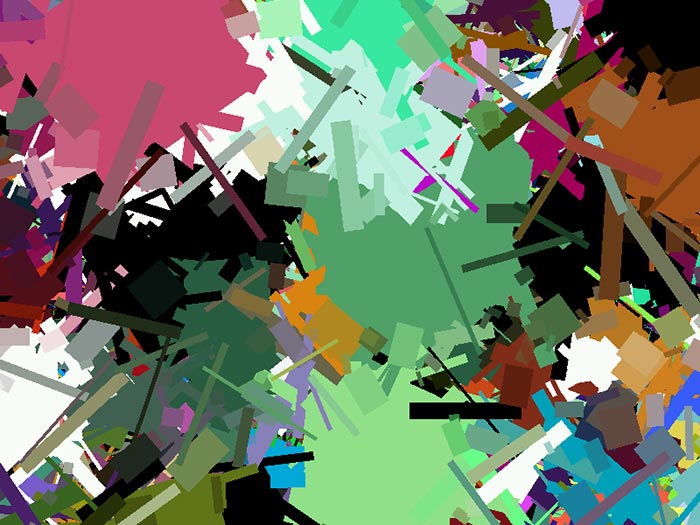
Computer Kinetic Abstracts - page 1 (of 24) |
Return to Gallery 4 Overview Page
Within this display, I want to show a small selection of abstract images that I have developed on my computers over the past twenty years or so, using my own specialised programs. I currently have over 6000 such abstract images in my current folder of such work (which I look back at and add to regularly). Recent consumer computers are excellent tools for producing experimental abstract images:
I use the term ‘kinetic’ abstracts. My abstract image programs were originally inspired by the writing and web pages of Palestinian artist Samia A. Halaby. She came up with the term ‘Kinetic Abstracts’. What I took from the ideas presented by Samia A. Halaby was that one could build up abstract images from various applications of randomly placed elements, all happening amidst a ‘live musical performance’ (the music was also generated as part of the movement of the mouse over the image as well as when the visual elements are being added to the display). Indeed, my original programs, written using a compiled BASIC on an Amiga 1200 computer included the generation of musical notes as part of the way the mouse was moved about in the abstract image (the screen was divided up into a number of horizontal regions, as well as a number of vertical regions for determining note values, etc.), as well as when each element was added to the image. Eventually, I moved from the Amiga to a Windows-based Personal Computer. At that point, I dropped the musical generation from the programs I was writing, to reduce the complexity of the programming (which was now using a different programming program), and concentrate on the programming of the application of visual elements, which were now typically being applied through key presses. I often like listening to music while producing my abstract images, and I feel that the music does affect what I am producing in terms of the abstract imagery, but the musical performances are now no longer linked directly to the image creating processes being applied. Perhaps Samia Halaby would no longer consider that my abstracts were ‘kinetic abstracts’, but to me, they are based on that background, so I still think of them as ‘kinetic abstracts’. My programs, still written in a different compiled BASIC, can now apply layers of randomly sized and placed rectangles, circles and lines (of various thicknesses and lengths), using about 20 different ‘painting modes’ (such as random colour, or random colour with a red bias, or read directly from the current image, or read from a different image that has been loaded in another buffer, etc.). My program also uses an ‘undo buffer’, so that any new application of elements can be undone. The programs started out being restricted to the sizes of the screens that were able to be displayed by the various computers (e.g. 736 pixels wide by 528 pixels high on my Amiga 1200 computer, or 800 pixels wide by 600 pixels high on my first Windows-based Personal Computer), but several years ago, I was able to come up with a way of generating images that are much larger than the screens available on the computers (the abstracts are now typically 6200 pixels wide by 3600 pixels high). Ultimately, the sizes of the images are now restricted by the amount of RAM available for holding all of the various buffers required by the programs (the main image buffer, the ‘undo’ buffer, the spare image buffer, the smaller ‘screen size’ image buffer, etc.). All of the buffers operate as 24-bits per pixel buffers. Please note that the names used in this display have been standardised somewhat, and the numbering used may seem rather confusing. The numbers that are part of the names used in this display have usually come from the original filenames, to help me to relate the images used in this display back to the original abstract image, but many different filenames were originally used, because many sequences of abstract images have been produced. As an example, the ‘numbers’ in this display that start with a “G” were developed on my laptop (on the “go”), usually while on my way to work, or on my way home (I travelled quite a way to work at that time, using public transport, so I had at least an hour each way to work on some abstracts). |

One example of my computer kinetic abstract images.
|
Below the following images is a brief description of my understanding of abstract images.
Following are small images from each page in this display. Each page in this display contains images from 3 abstract images. Click on an image, or its title, to go to a page with proper reproductions and more details about the computer abstracts on that page. Once you are looking at the pages/images in more detail, you can use the ‘prev’ and ‘next’ links (at the top and bottom of each details page) to go to the previous or next pages in this display, or return to this display’s overview page. |
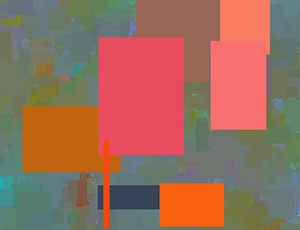
|
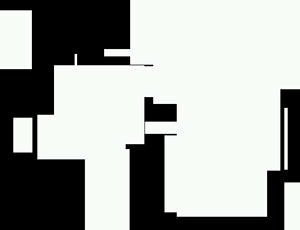
|
|
Page 2 |
Page 3 |
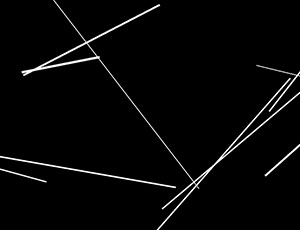
|
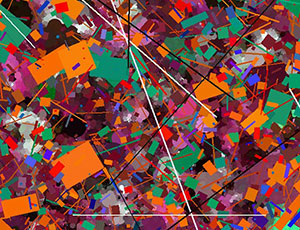
|
|
Page 4 |
Page 5 |
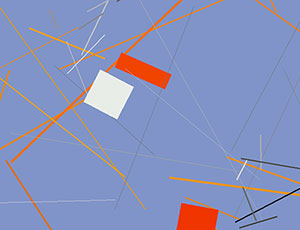
|
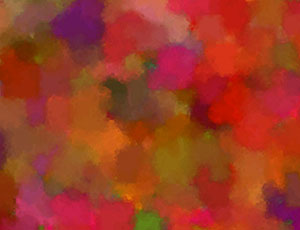
|
|
Page 6 |
Page 7 |
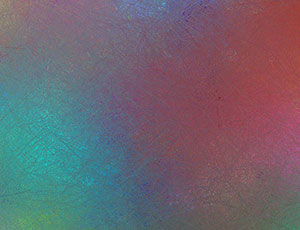
|
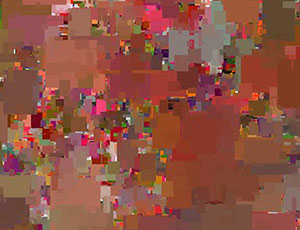
|
|
Page 8 |
Page 9 |
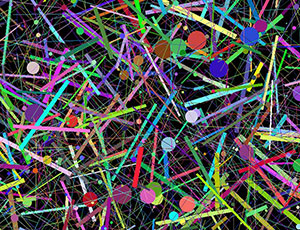
|
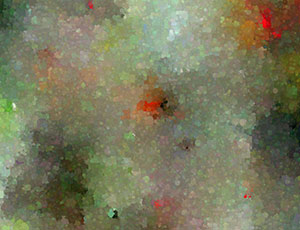
|
|
Page 10 |
Page 11 |
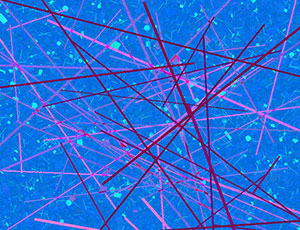
|
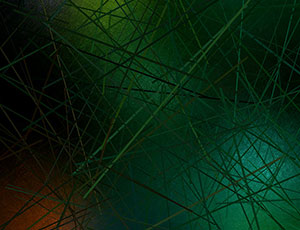
|
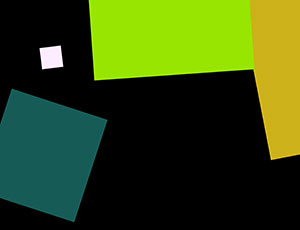
|
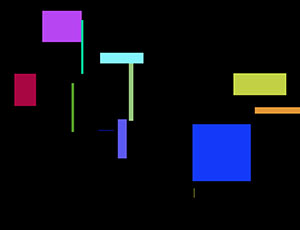
|
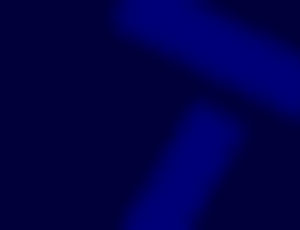
|
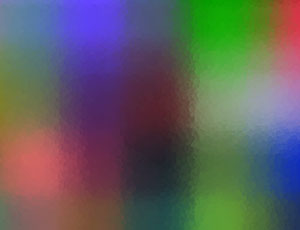
|
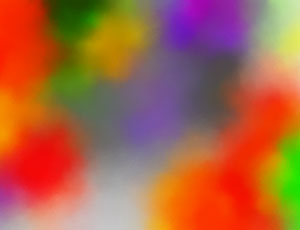
|
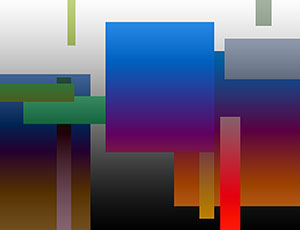
|
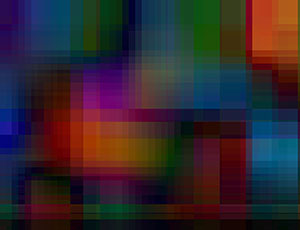
|
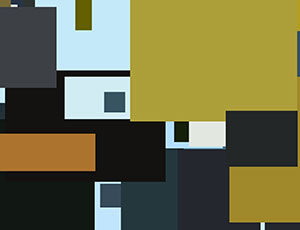
|
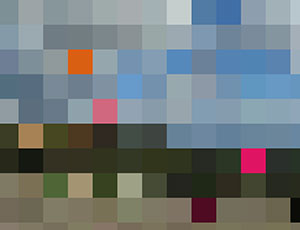
|
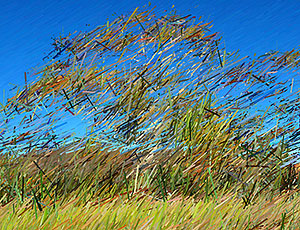
|
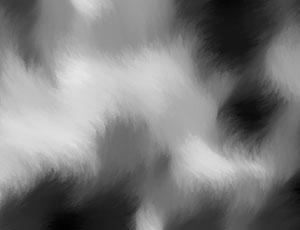
|
|
|
My Understanding of Abstract Images:The vast majority of music we enjoy is similar to abstract art. We don’t expect to hear mainly recorded sounds of our everyday life when we listen to music (as we might expect to see mainly recognisable real-world scenes within the visual art we see). We instead expect to hear an emotionally moving composition of relationships (abstract relationships of melody, rhythm, sound combinations, lyrics, etc.). For me, there are two basic intentions for creating abstract artwork. One is to explore and play with the relationships of abstract pictorial elements, such as line, colour, shape, direction, texture, tone, gradation, composition, balance, etc., to gain a better understanding of visual communication and emotional connections. The other is to use my understanding of visual elements to pro-actively express a particular idea or emotional situation. What I’m mainly looking for in my abstract explorations, are pleasing relationships of basic picture elements. These explorations are mostly trial and error sessions, deliberating on, and responding to the various combinations of elements that develop within the overall images. The feelings from my visual understanding and subconscious become important for determining what might “work”, or what might “not work”. I have found computers to be marvellous tools for exploring abstract visual relationships. I can produce many elements quickly, and explore different combinations of elements using a medium that doesn’t require additional physical materials such as paint, boards, brushes, etc. I can save multiple states of ideas and working, and easily compare and reflect on those saved states afterwards. When I’m deliberately trying to express an emotional state or idea, development continues until those expressions are felt to have been met successfully, through deliberate attempts at controlling aspects of abstract elements, such as interactions of colour, interactions of shapes, etc. Often, a pleasing overall combination of elements is also sought. In many ways, my abstract images are ‘more naked’ or ‘more deliberate’ explorations into my inner-self than my representational artwork, trying to find visual combinations that trigger my emotions. Hopefully, my abstract images get similar, or at least interesting responses from you, too. |
Return to Gallery 4 Overview Page
Computer Kinetic Abstracts - page 1 (of 24) |